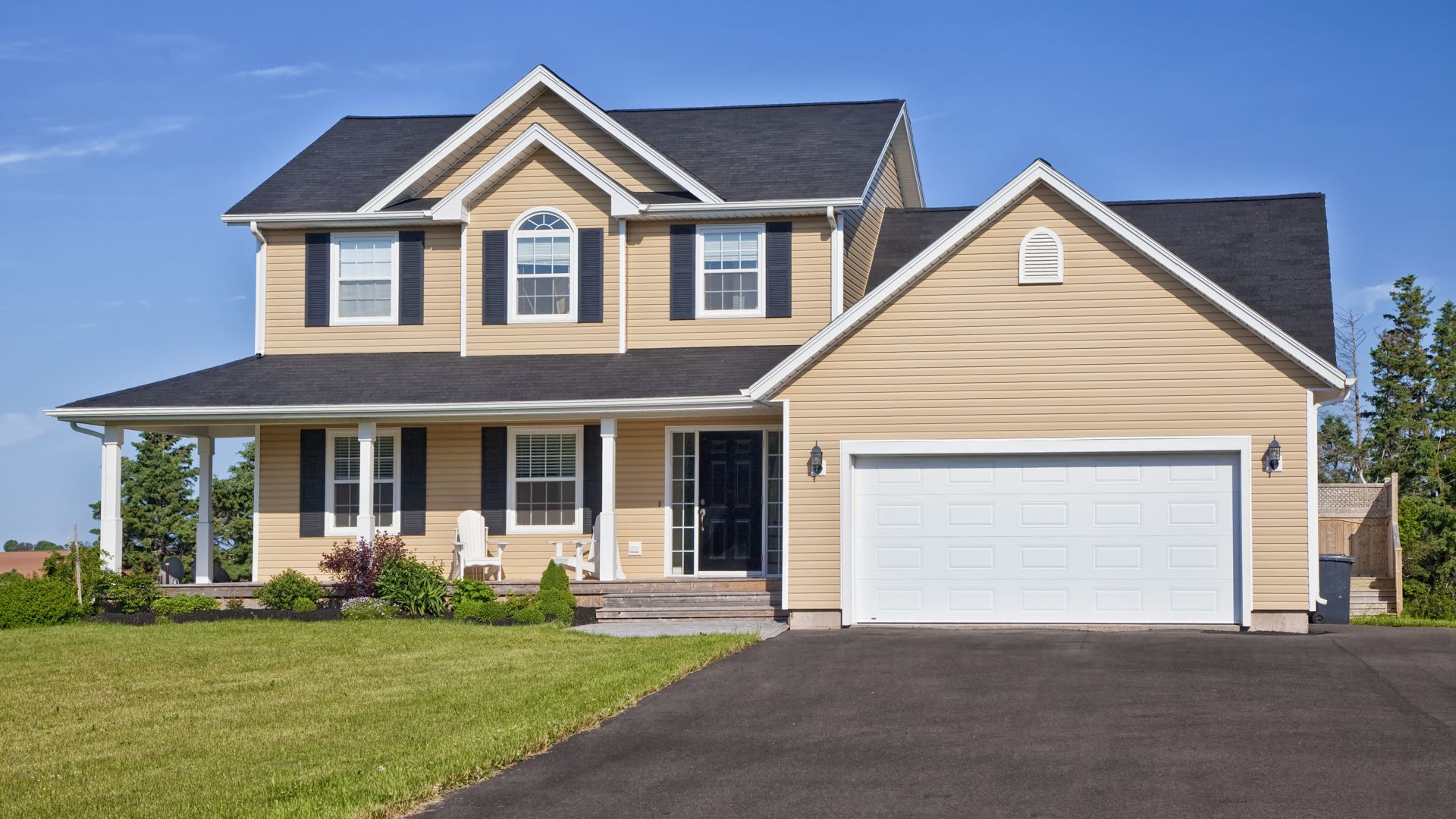Accessible Living: Remodeling Ideas for Aging in Place
As we age, our needs and capabilities change, including how we interact with our living spaces. For many seniors, the desire to age in place and maintain independence is strong, but it often requires some modifications to the home. In this blog post, we will explore some remodeling ideas that can make a home more accessible for aging individuals.
Essential Modifications for Safety and Accessibility
One key area to focus on when remodeling for accessibility is the bathroom. Installing grab bars near the toilet and in the shower can provide stability and support for those with mobility issues. Adding a walk-in shower with a bench instead of a traditional bathtub can also make it easier for seniors to bathe safely. Consider installing non-slip flooring to reduce the risk of falls, as well as lever-handled faucets that are easier to operate than traditional knobs.
Enhancing Kitchen Usability for Independent Living
Another important consideration when remodeling for aging in place is the kitchen. Lowering countertops or installing adjustable height cabinets can make it easier for seniors to prepare meals without straining themselves. Pull-out shelves and lazy Susans in cabinets can also improve accessibility by making items easier to reach. Additionally, installing task lighting under cabinets can help improve visibility while cooking or preparing food.
Creating a Barrier-Free Living Environment
In the bedroom, consider installing a bed that is at an appropriate height for easy entry and exit. Adjustable beds are also a great option as they allow individuals to find a comfortable position for sleeping or reading. Installing motion sensor lights near the bed can make it safer and easier to navigate during nighttime trips to the bathroom. Additionally, ensuring there is ample space around furniture and clear pathways throughout the room can reduce the risk of tripping or falling.
Smart Home Technologies for Enhanced Accessibility
When considering accessibility in other areas of the home, think about widening doorways to accommodate wheelchairs or walkers if needed. Removing thresholds between rooms can also make it easier for individuals with mobility issues to move around freely. Installing handrails along staircases or ramps outside of the home can provide added support and safety when navigating different levels of the house.
Conclusion
Making your home more accessible for aging in place doesn’t have to mean sacrificing style or functionality. By incorporating some simple remodeling ideas like grab bars in bathrooms, adjustable features in kitchens, and motion sensor lights in bedrooms, you can create a safe and comfortable living environment that allows individuals to remain independent as they age. Consult with a professional remodeler who specializes in accessible design to help bring your vision of an age-friendly home to life.
